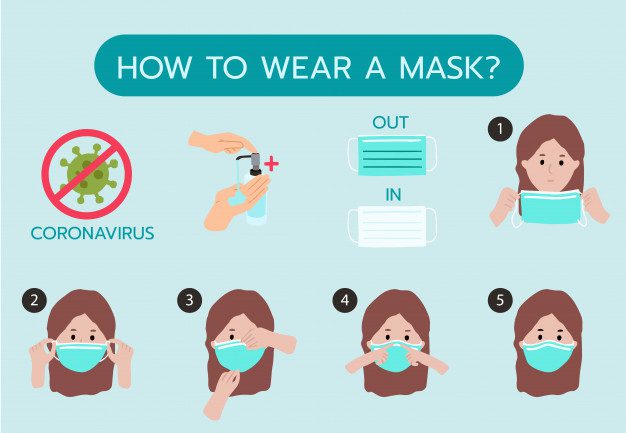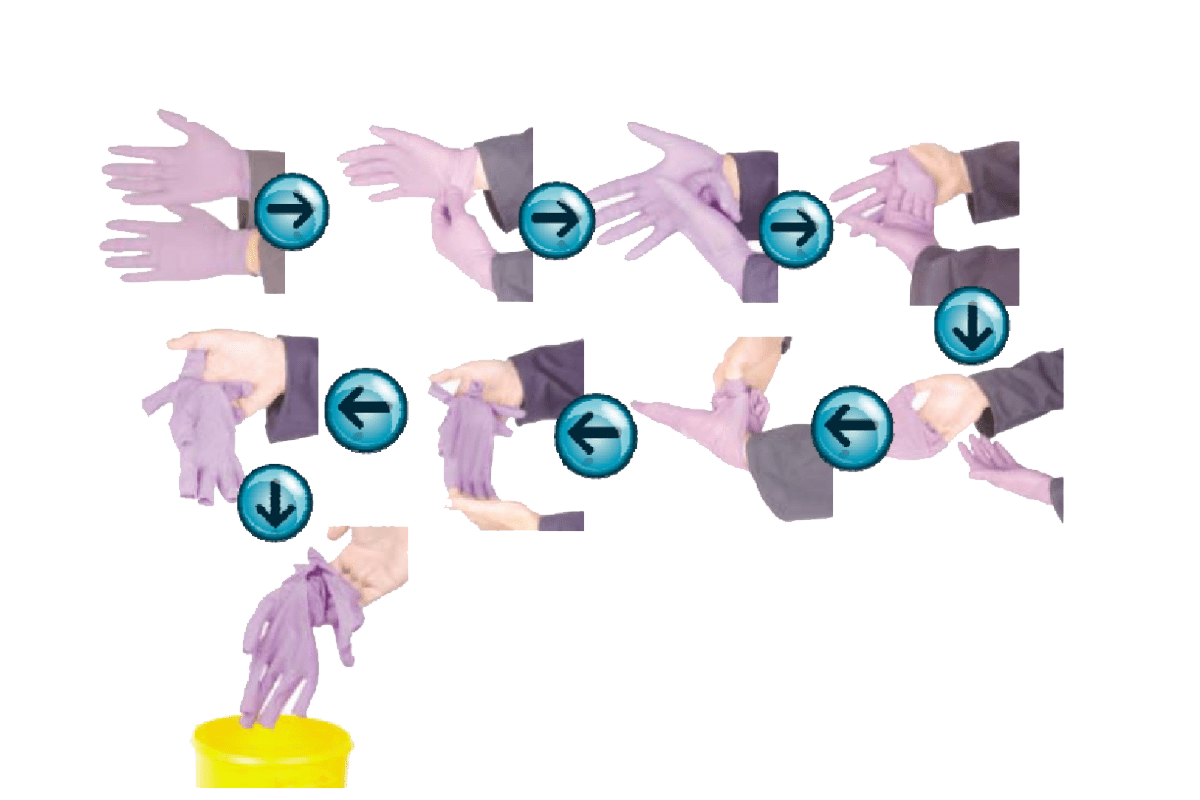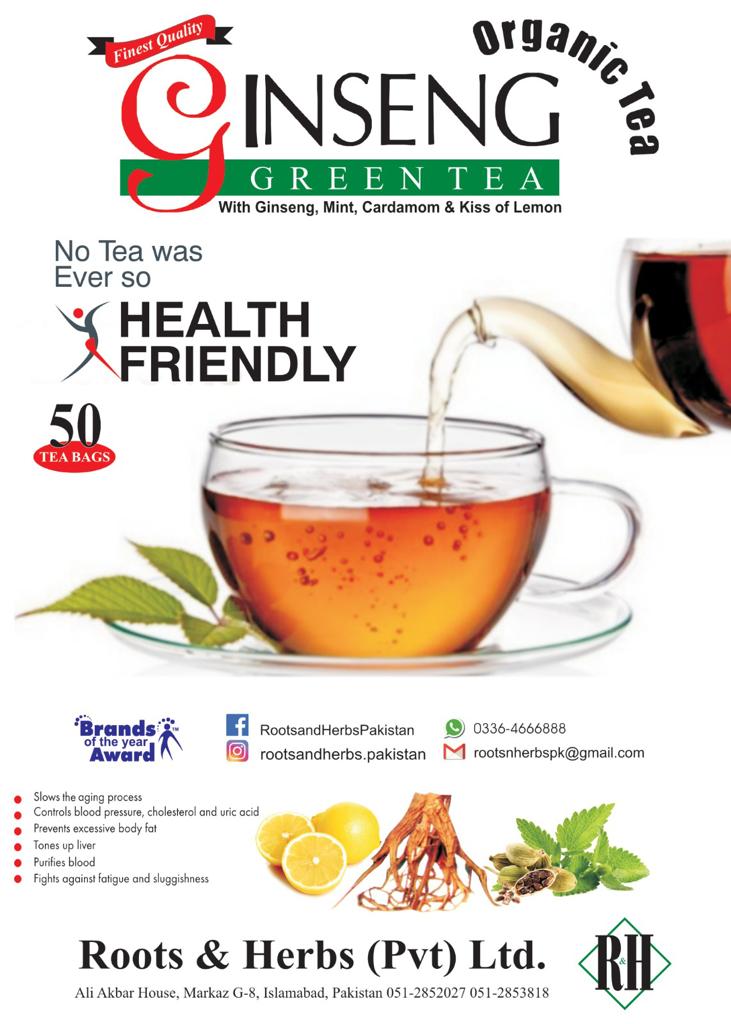It is crucially important to know exactly how to wear a mask and gloves plus to know when and how to use hand sanitizers in our fight against Covid19

How to Properly Wear a Facemask for COVID-19 (Coronavirus) Protection
When you have symptoms of cold, flu, COVID-19 (coronavirus) or other viruses and infections, properly wearing a surgical facemask can help protect others from getting sick. It is important that you follow infection prevention precautions when putting the mask on and taking the mask off. If you are one of those people who need to wear a facemask, follow these instructions for how to put on and take off a surgical mask.
There are several types of facemasks. The most common are:
- Medical (or surgical) masks – for general public use
N95 particle respirator masks – for health care professionals
How to Put the Mask On
- Wash your hands with soap and water for at least 20 seconds. Dry your hands with a clean paper towel and throw the paper towel away.
- Check the mask for any defects such as a tear or missing tie or ear loop. Throw away any that are defective.
- Make sure the exterior (usually yellow or blue) side of the mask is facing out, away from your face.
- Place the mask on your face with the blue side facing out and the stiff, bendable edge at the top by your nose.
- If the mask has ear loops, put one loop around each ear.
- If the mask has ties, pick up the mask by the ties and tie the upper ties behind your head with a bow.
- Once the mask is in place, use your index finger and thumb to pinch the bendable top edge of the mask around the bridge of your nose.
- If the mask has a lower tie, then once the mask is fitted to the bridge of your nose, tie the lower ties behind your head with a bow.
- Make sure the mask is completely secure. Make sure it covers your nose and mouth so that the bottom edge is under your chin.
- Wash your hands.

Removing the Mask
- Wash your hands before removing the mask.
- Do not touch the inside of the mask (the part over nose and mouth). It may be contaminated from your breathing, coughing or sneezing.
- Untie or remove the ear loops and remove the mask by the straps.
- Throw the mask in the trash.
- Wash your hands.
Please Note: If you are using a reusable cloth mask, at the end of the day, take the mask off from the straps (not touching the front), place in a pillowcase to keep the ties with the mask. Wash it in the washing machine with hot water and completely dry on medium or high heat.
Gloves:

Gloves and proper air circulation are two important elements when cleaning your house, especially the surfaces in your house that are commonly touched, such as doorknobs, light switches, handles, desks, toilets, faucets, sinks and electronic devices. If someone in your house may have COVID-19, it is recommended to prepare special gloves for cleaning and disinfecting purposes.
Do: Wash your hands before and after wearing gloves
Even if you think your hands are clean, it’s important to take precautionary measures by washing your hands with soap for a minimum of 20 seconds or alcohol-based hand sanitizer before and after putting on gloves to prevent contamination.
Do: Wear gloves when taking care of a sick person
Gloves are necessary when handling the dirty laundry of a person infected by COVID-19. Discard your gloves afterward and wash your hands thoroughly.
Don’t: Hastily remove your gloves
According to the CDC, among the proper ways to take off your gloves to prevent further contamination is by slipping your fingers into the second glove and inverting it inside out while slowly releasing it from your hand. It is important to do this carefully.
Don’t: Choose the wrong gloves
Thomas Russo, infectious disease division chief at the University of Buffalo, has said that rubber gloves like the ones used by medical staff were easier to properly remove compared to others, such as gloves with thick fabric.
“Even if you remember to decontaminate your gloves, you might not be able to do it optimally,” Russo said.
Don’t: Touch your face while wearing gloves
Debra Goff, infectious disease specialist at the Ohio State University Wexner Medical Center, said that gloves could give one a “false sense of security”, especially because traces of the virus on a surface will stick to your gloves instead of your hands. As such, you are at risk of getting contaminated if you touch your face with the gloves.
Don’t: Forget about your personal hygiene
Practicing personal hygiene and physical distancing are still crucial even if you’re wearing gloves as gloves alone won’t keep you safe from the virus, as stated by Public Health England.
Hand Sanitizers

Four steps:
- Make sure all organic matter is removed from hands.
All visible organic matter (for example: dirt) must be removed from hands prior to applying waterless hand sanitizer.
- Apply a dime sized amount of waterless hand sanitizer to the palm of one hand or use a waterless hand sanitizer wipe.
- Rub hands together covering all surfaces of hands and fingers.
- Rub until waterless hand sanitizer is absorbed.
How it works:
- Waterless hand sanitizer provides several advantages over hand washing with soap and water. However, they are not effective if organic matter (dirt, food, or other material) is visible on hands.
- Benefits of waterless hand sanitizer:
o require less time than hand washing
o act quickly to kill microorganisms on hands
o are more accessible than sinks
o reduce bacterial counts on hands
o do not promote antimicrobial resistance
o are less irritating to skin than soap and water
o some can even improve condition of skin
Hand sanitizers may not be as effective when hands are visibly dirty or greasy.
Why? Many studies show that hand sanitizers work well in clinical settings like hospitals, where hands come into contact with germs but generally are not heavily soiled or greasy.. When hands are heavily soiled or greasy, hand sanitizers may not work well. Handwashing with soap and water is recommended in such circumstances.
Hand sanitizers might not remove harmful chemicals, like pesticides and heavy metals, from hands.
Why? Although few studies have been conducted, hand sanitizers probably cannot remove or inactivate many types of harmful chemicals. In one study, people who reported using hand sanitizer to clean hands had increased levels of pesticides in their bodies. If hands have touched harmful chemicals, wash carefully with soap and water (or as directed by a poison control center).
If soap and water are not available, use an alcohol-based hand sanitizer that contains at least 60% alcohol.
Why? Many studies have found that sanitizers with an alcohol concentration between 60–95% are more effective at killing germs than those with a lower alcohol concentration or non-alcohol-based hand sanitizers. Hand sanitizers without 60-95% alcohol 1) may not work equally well for many types of germs; and 2) merely reduce the growth of germs rather than kill them outright.
When using hand sanitizer, apply the product to the palm of one hand (read the label to learn the correct amount) and rub the product all over the surfaces of your hands until your hands are dry.











